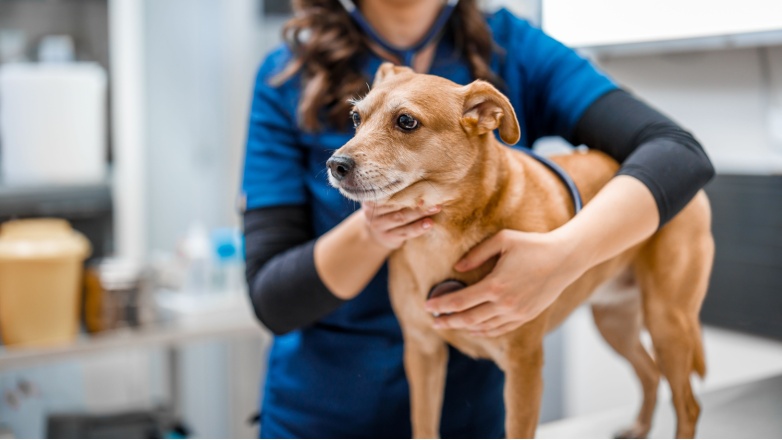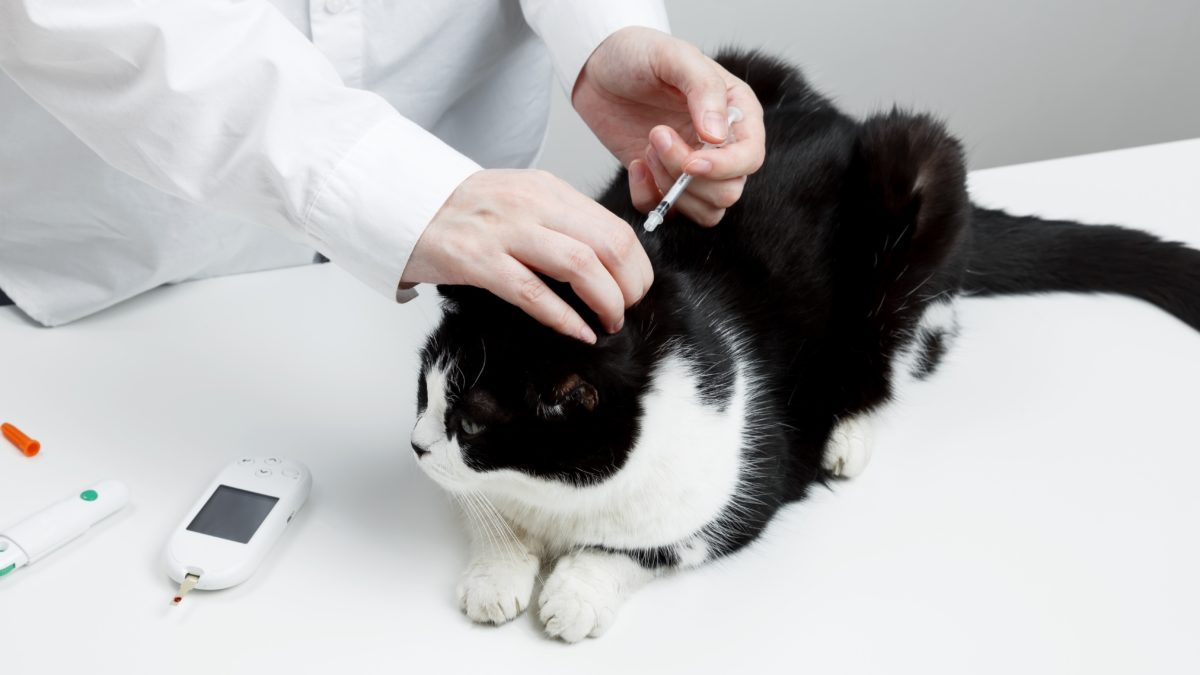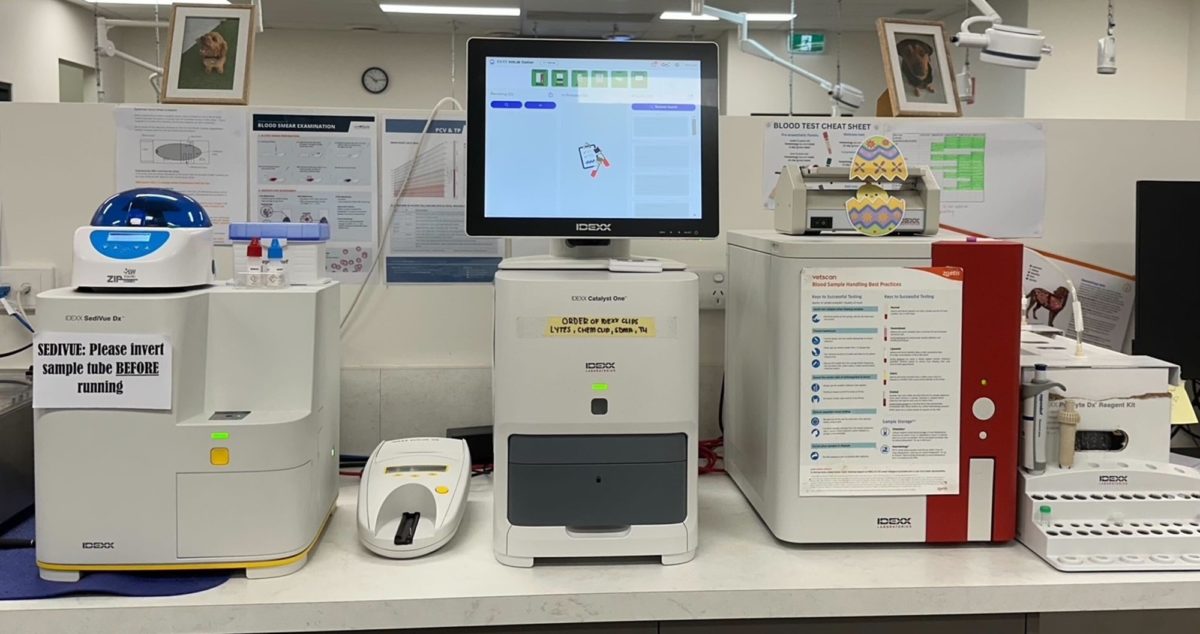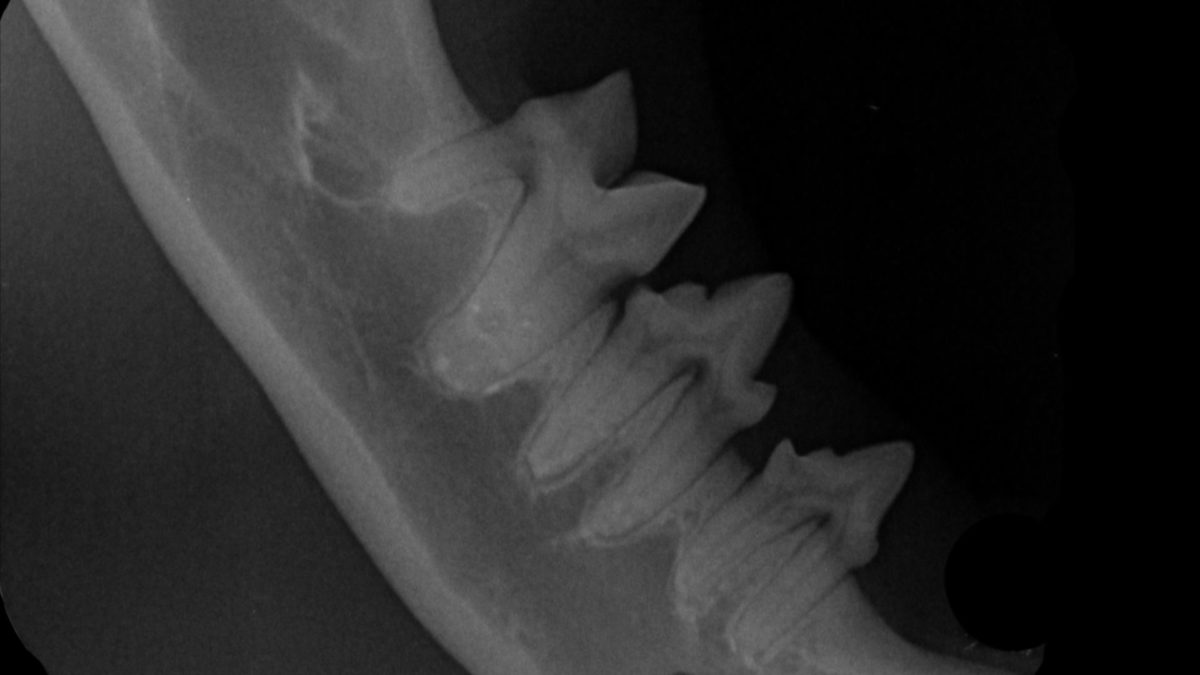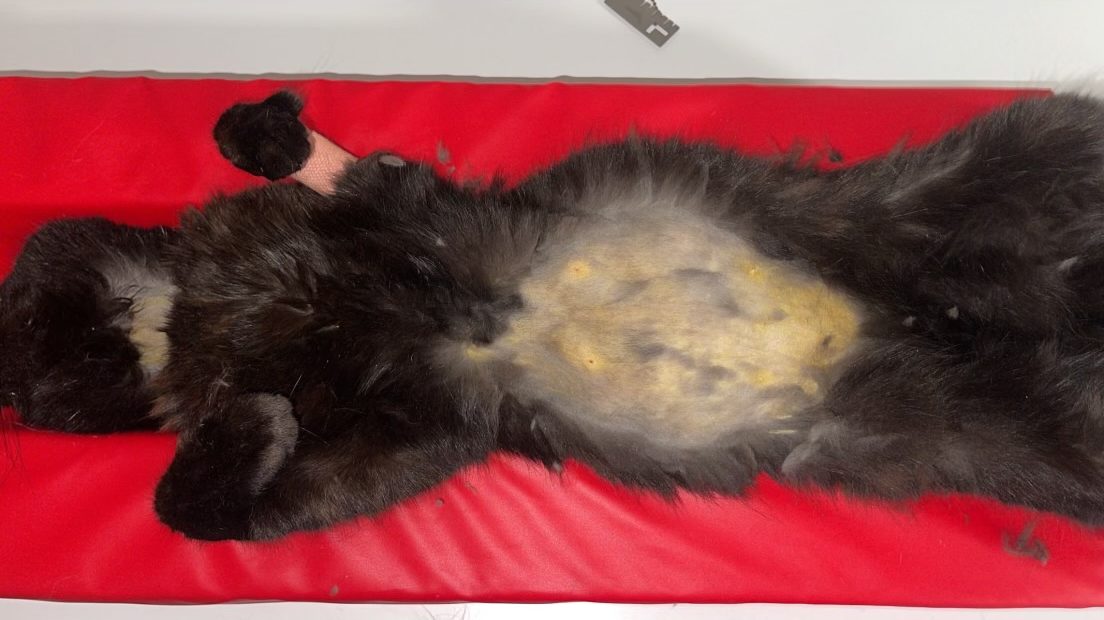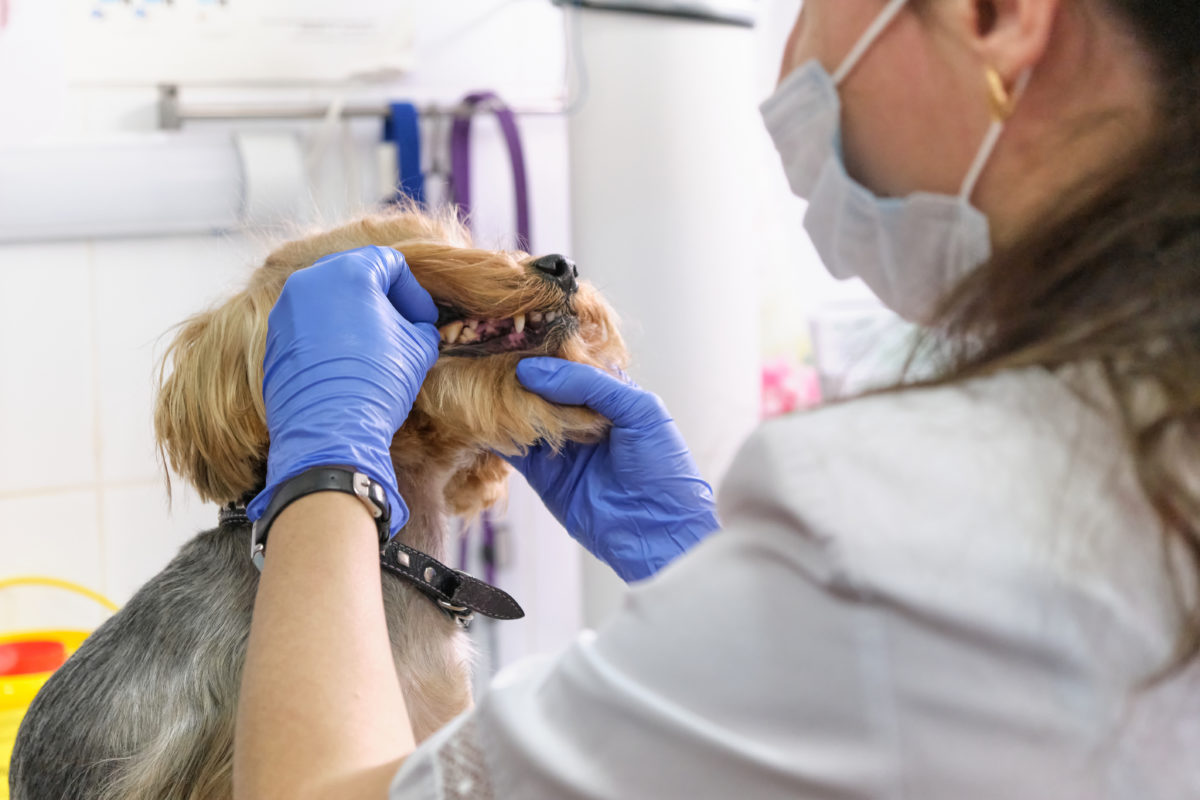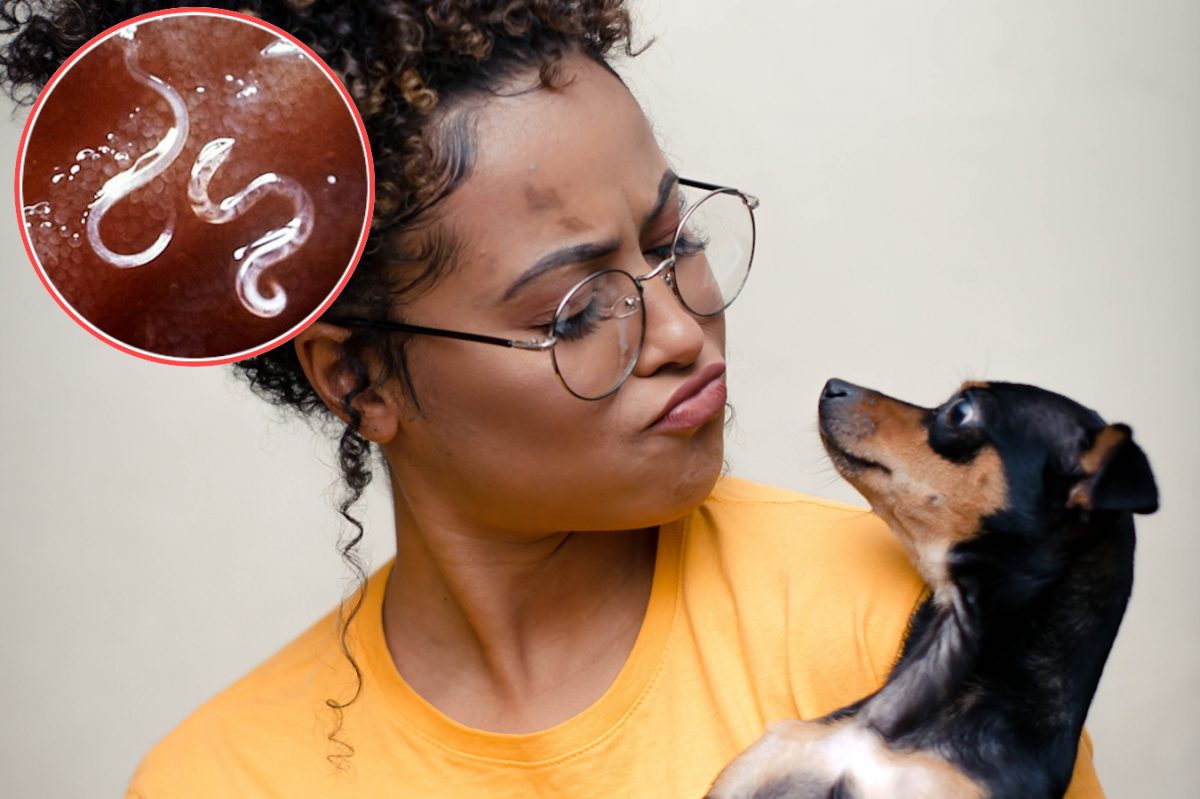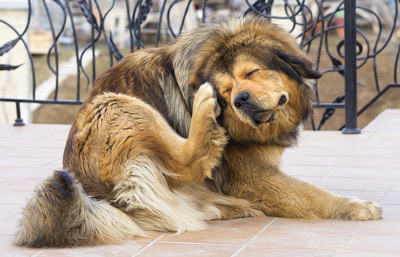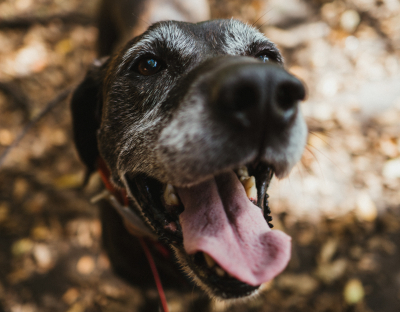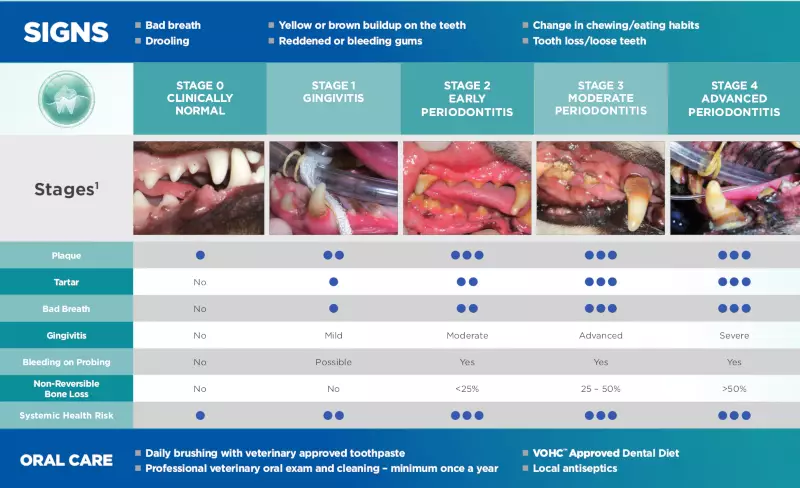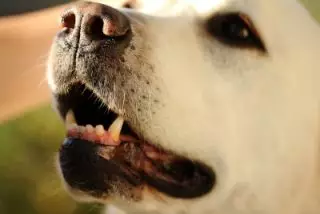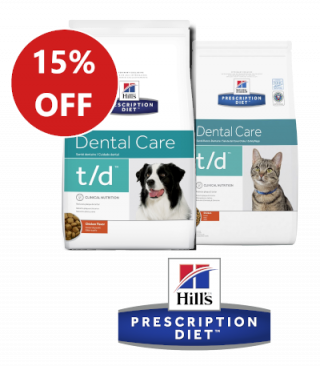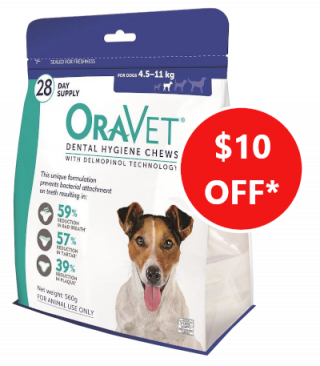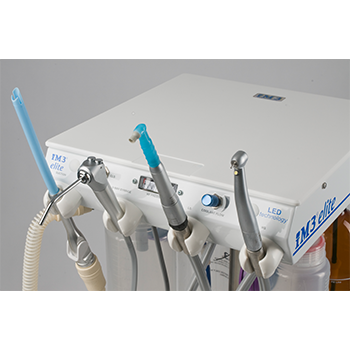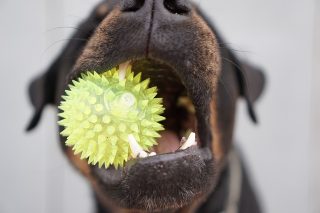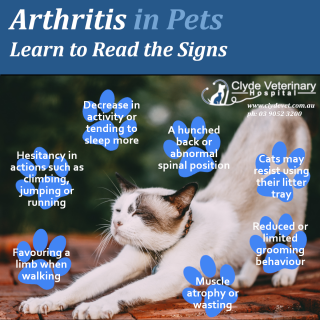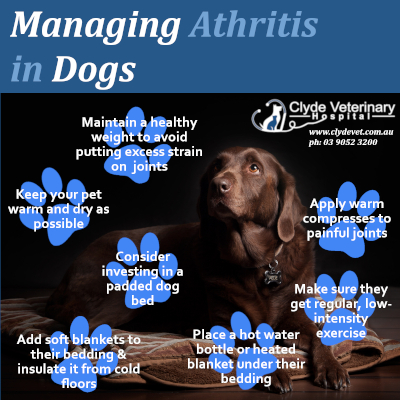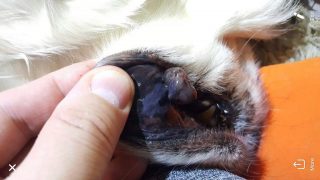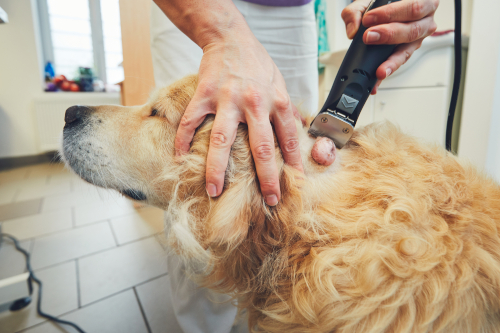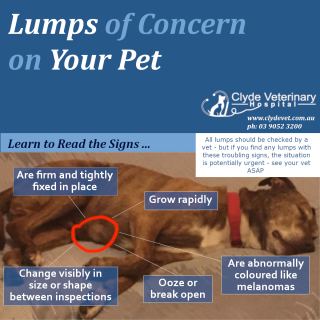Let’s face it—cats are experts at keeping secrets. They hide when they’re sick, nap like it’s a competitive sport, and give us that “I’m fine” look even when something’s not quite right. But sometimes, the signs are there… if you know what to look for.
One health issue that can quietly sneak up on our feline friends is Cushing’s disease (a.k.a. hyperadrenocorticism). It’s not super common in cats, but when it does occur, it can be serious—and tricky to spot. So let’s dive into what it is, how to recognise it, and what you can do about it—all without putting your cat (or you) to sleep with medical jargon.
🧠 What Is Cushing’s Disease in Cats?
Cushing’s disease is a hormonal disorder caused by excess cortisol, a stress hormone made by the adrenal glands. A little cortisol? Totally normal. Too much cortisol? That’s when things get complicated.
There are three main types of Cushing’s Disease in cats:
-
Pituitary-dependent Cushing’s (PDH)
-
A benign tumor in the pituitary gland sends the adrenal glands into cortisol overdrive.
-
-
Adrenal-dependent Cushing’s (ADH)
-
A tumor on one adrenal gland produces too much cortisol on its own.
-
-
Iatrogenic Cushing’s
-
Caused by long-term steroid use (like prednisolone) prescribed for other conditions.
-
While more common in dogs, cats can and do get Cushing’s—often with additional complications like diabetes.
🔍 Clinical Signs & Symptoms: What to Watch For
Cats are subtle, but Cushing’s tends to show up in ways that are hard to ignore—once you know what to look for. Here are the top signs:
- Increased thirst and urination (You may notice more water bowl visits and fuller litter boxes)
- Increased appetite
- Pot-bellied appearance (No, it’s not just holiday weight!)
- Muscle wasting and general weakness
- Hair loss or thinning fur, especially along the flanks
- Fragile or thinning skin that tears easily
- Lethargy or a drop in usual activity
- Uncontrolled diabetes – especially if your cat is already diabetic but not responding to insulin
These signs can develop slowly, which means they’re often missed until the disease is more advanced. Trust your gut—if your cat seems “off,” it’s worth a vet visit.
🩺 Diagnosing Cushing’s in Cats
Diagnosing Cushing’s can feel a bit like detective work. Since the signs overlap with other common feline conditions (like diabetes or kidney disease), your vet will start by ruling out other causes.
Here’s what’s typically involved:
- Blood work and urine tests – to check liver enzymes, glucose levels, and urine concentration.
- Low-Dose Dexamethasone Suppression Test (LDDST) – a hormone test to see how your cat’s body regulates cortisol.
- ACTH Stimulation Test – another hormone-based test to evaluate adrenal response.
- Urine cortisol-to-creatinine ratio – a helpful screening tool (but not diagnostic on its own).
- Ultrasound or CT scans – to look for adrenal tumors or changes in the adrenal glands.
Because this disease is rare and tests can be tricky, your vet may refer you to a veterinary internist or specialist.

💊 Treatment & Management
So you’ve got a diagnosis. Now what?
For Pituitary-Dependent Cushing’s:
- Medication is the primary treatment. The most commonly used drug is Trilostane , which helps block excess cortisol production.
- Regular monitoring is key. Your vet will check hormone levels and adjust dosages as needed.
For Adrenal Tumors:
- Surgery (adrenalectomy) may be recommended to remove the affected gland. This is delicate surgery and usually done at specialty clinics.
If Caused by Steroids:
- Tapering off the steroids (with your vet’s guidance) may reverse the symptoms.
If your cat also has diabetes, managing blood sugar will be part of the plan. Often, treating Cushing’s improves insulin resistance and helps stabilize diabetes.
🛡️ Prevention: Can You Stop It Before It Starts?
The spontaneous forms of Cushing’s (pituitary or adrenal tumors) can’t really be prevented—they just happen. But there are a few things you can do:
- Avoid unnecessary or long-term steroid use. If your cat needs steroids, ask your vet about the safest dose and duration.
- Keep regular wellness checks, especially for older cats or those with diabetes.
- Track changes in appetite, thirst, weight, and skin/coat condition.
Catching it early can make a big difference in treatment success and quality of life.
🐾 Final Thoughts: Don’t Panic—Partner with Your Vet
Cushing’s disease in cats is serious, but it’s not a death sentence. With the right treatment plan, careful monitoring, and lots of love (plus a few extra vet visits), many cats go on to live happy, comfortable lives.
The key is being observant. You know your cat best—if something feels “off,” trust your instincts. Early action could make all the difference.
Got questions about feline Cushing’s or managing chronic conditions in your cat? Reach out to us directly, or book a consult with Clyde Vet Hospital today for trusted, ongoing care tailored to your pet.
Book an Appointment Today
Whether you’re looking for advice, reassurance, or a little extra guidance, the Clyde Veterinary Team is here to support you and your furry family members every step of the way. Reach out to us for expert care tailored to keep your pets happy, healthy, and thriving.
About the Author:
Dr. Irene Mitry is the owner and founder of Clyde Veterinary Hospital, and a vet with a difference. She has not one, but two veterinary degrees, and an abiding passion for preventative pet care. Her life-long love for our animal friends shines through in everything she does, as her client testimonials show. Dr Mitry’s long-standing desire to bring this philosophy of care to life in her own purpose-built veterinary clinic led her to found Clyde Veterinary Hospital in 2018.




